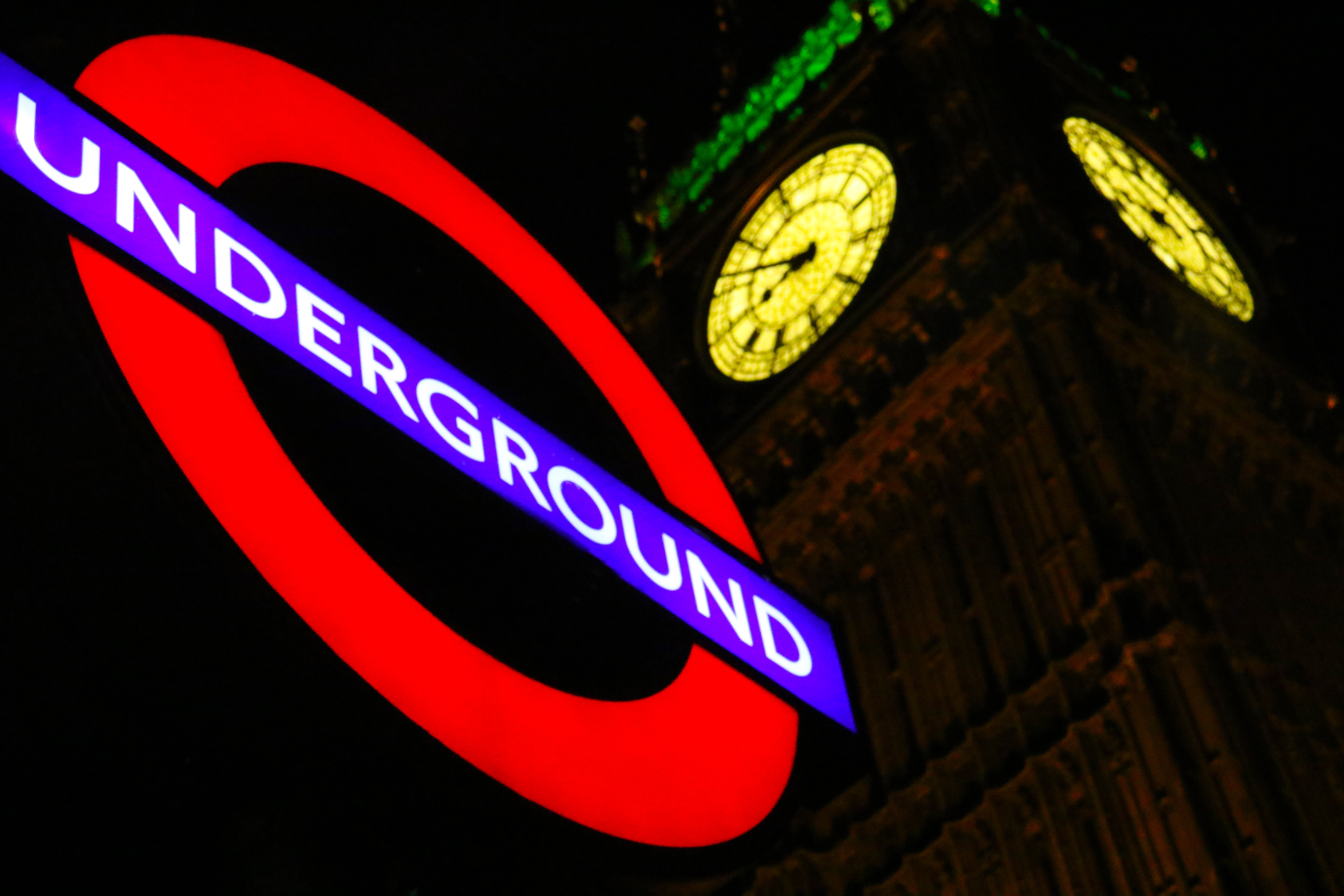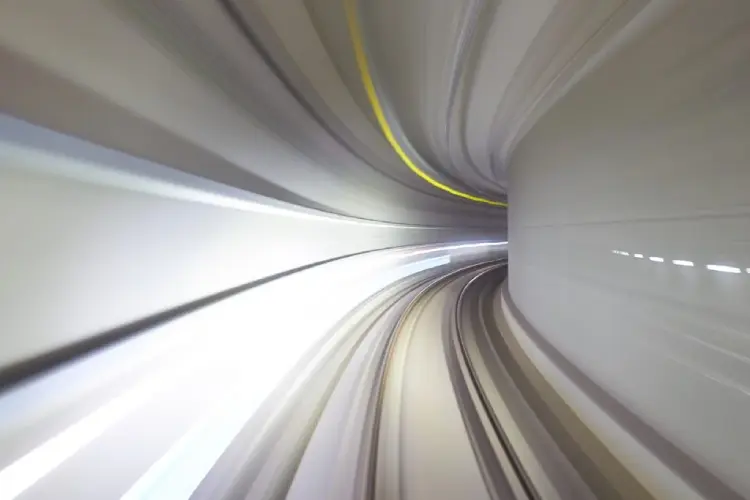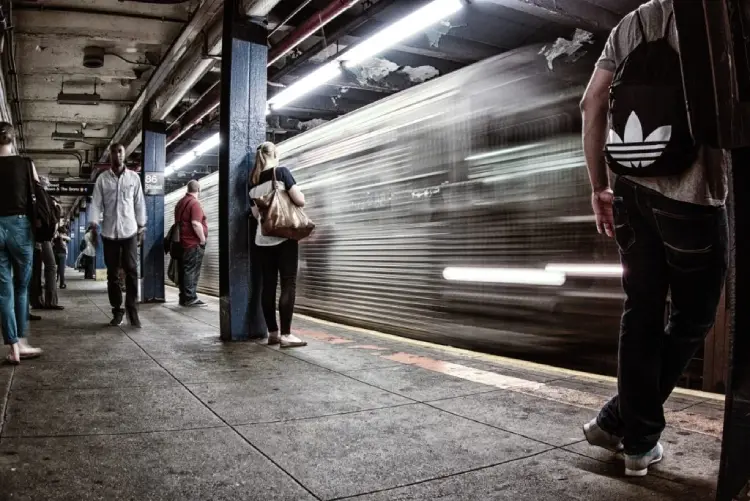
UPDATED 11/16: 7.35 with details, quote.
It’s the engineering challenge of a generation – getting full 4G connectivity down in the narrow, Victorian-era confines of the London Underground.
With subways in cities from New York to Seoul all offering strong levels of connectivity, London’s underground dead zone has long been a sore point for the city.
This weekend Transport for London (TfL) took a major first step towards finally resolving this long-standing issue, launching the first stage of a tender process to bring fibre and 4G to the Underground.
The initial “Standard Selection Questionnaire”, published Saturday morning, has a deadline of July 6, 2018. Full Invitation to Tender (ITT) will follow shortly thereafter.
The questionnaire reveals that the contract winner will secure a 20-year concession to provide the network.
The winner will have to provide “neutral host mobile coverage” (shared infrastructure that all mobile network operators can access) in the tunnels, stations and platforms of the London Underground, many of which date back to the late 1800s.
TfL told Computer Business Review it aims to get 4G in place across its estate by 2019.

Fibre Optic Network
The winner will also need to deliver a commercial fibre optic network “utilising certain TfL assets”; use TfL’s streetscape assets (like lighting columns) to help deploy radio coverage and provide a public Wi-Fi service “in certain TfL stations”.
Graeme Craig, Director of Commercial Development at TfL, said in an emailed statement: “This is an important step towards delivering 4G mobile coverage throughout our tunnels and Tube stations and across our on-street infrastructure, which will unlock one of the UK’s most high profile not-spots.”
He added: “Once delivered, this will allow customers to check their emails and read the latest news and social media updates as well as check for live travel information while underground on the Tube. We hope for a wide range of interest from companies all across the world as part of this procurement process and we remain committed to introducing 4G coverage from 2019.”

Other Opportunities
The winning concessionaire may also have to provide support for the Emergency Services Network. They may also have to lay more fibre in a scheme funded by the the Department of Digital Culture Media and Sport’s Local Full Fibre Network (LFFN).
The tender winner faces a challenging task: there is no space to put normal masts and the electronics will need to be resilient to damp and extensive dust, including corrosive brake dust. They will also face a huge logistical challenge of putting the infrastructure in place even as the Underground runs ever later and at weekends, through the night.
The narrowness and depth of the tunnels will also prove an obstacle.
Earlier trials of a 4G system on the Waterloo and City line were conducted by O2 and Vodafone but only between Waterloo and Bank.
Industry experts say the infrastructure is likely to include a system of fibre-connected data centres that will function as base-station “hotels”.






